SWITCH MODE POWER SUPPLY TYPE 8620
![]()
SWITCH MODE POWER SUPPLY TYPE 8620
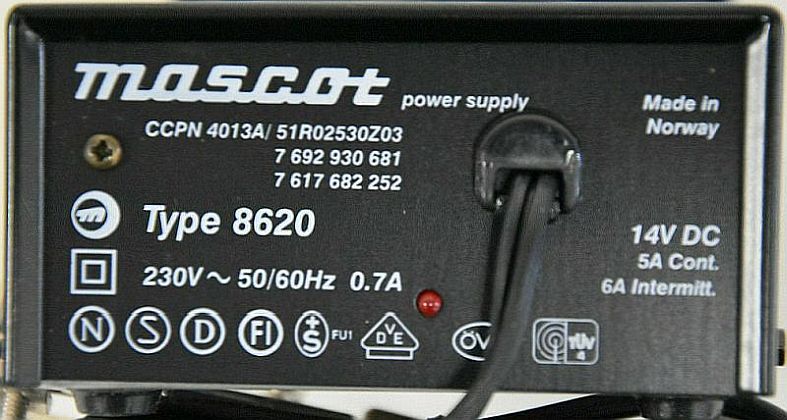
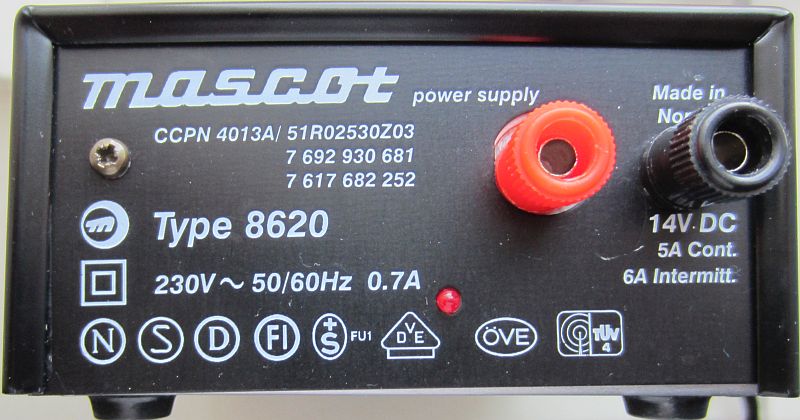
De draad vervangen door stekkerbussen.
INTRODUCTION
With this article I want to draw your attention to the switched power supplies from the Norwegian manufacturer ![]() . Not that I have any advantage, because for me there is no relationship whatsoever with this manufacturer except the following: during a flea market one of their switched power supplies came into my possession for a bargain.
. Not that I have any advantage, because for me there is no relationship whatsoever with this manufacturer except the following: during a flea market one of their switched power supplies came into my possession for a bargain.
It is the type 9320, 13.2VDC/5A continuous.
Inside is a potentiometer for increasing the voltage to approximately 14.5 volts. The power supply has been used for years for experiments and the charging or buffering of lead and NiCd batteries without significant EMC interference. It turned out not to be a cheap device, but a professional product from Mascot. They have been around for a long time and make a large scale of power supplies.
Given my experience with their product, a few other were purchased cheaply:
type 9320, 24VDC/3A continuous and
type 8620, 14VDC/5A continuous,
type 8823, 13.2VDC/7A continuous.
They have the same size and adjustable potentiometer.
New power supplies are offered for € 90 to € 140. Because they are sold second-hand for a fraction of the price it appears that fellow hams do not know the product!
MASCOT TYPE 8620, NSN 6130-01-396-4818
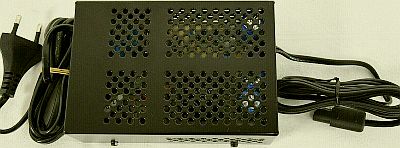
The 8620 type was obtained via eBay. There were no other bidders and a lower bid was even accepted by the buyer. Given the state in the original box, it was apparently a new one that had been in a warehouse for a long time. A few unclear or different schematics circulate on the internet, but the device made it possible to compile a correct diagram.
Further research showed that the power supply even has an American Nato stock number of NSN 6130-01-396-4818, that could be a quality standard. The 8620 is an older design with transistors because newer types are equipped with ICs. My device was made according to that design, but built with more modern components. It is probably a renewed production and some types have an extra filter at the output.
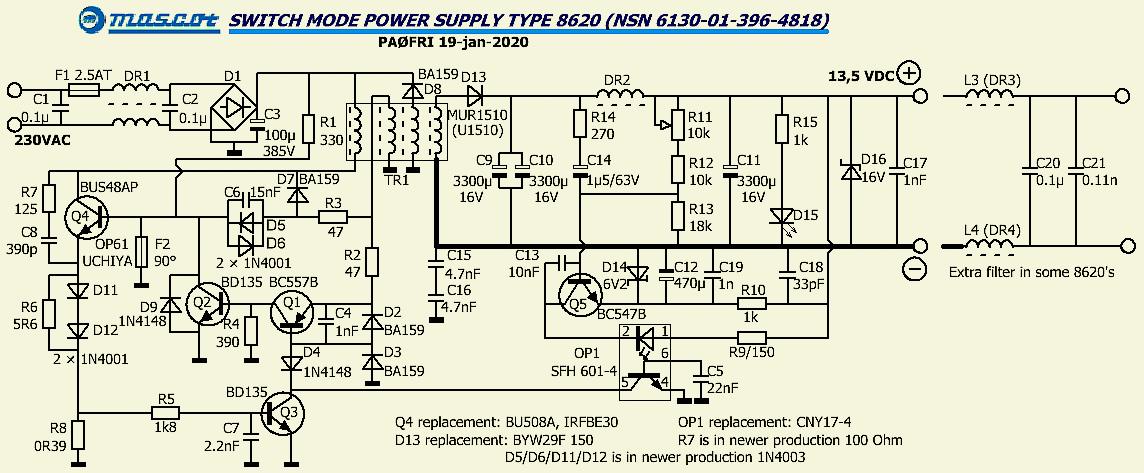
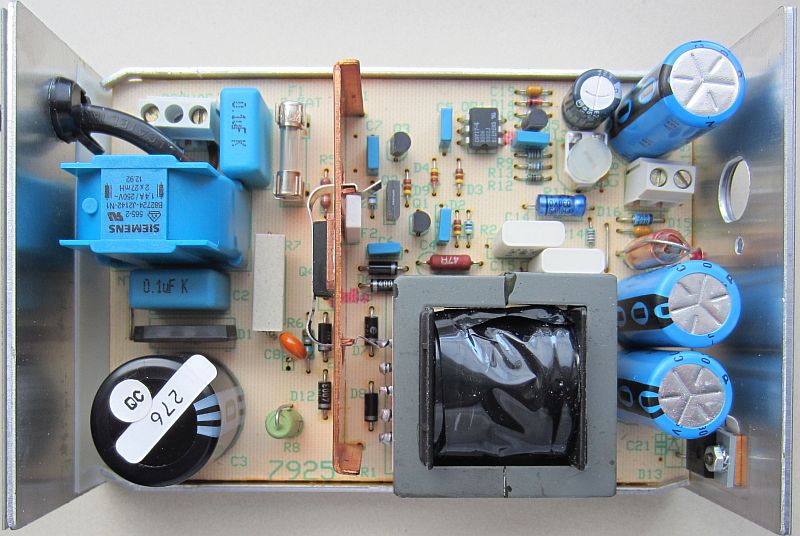
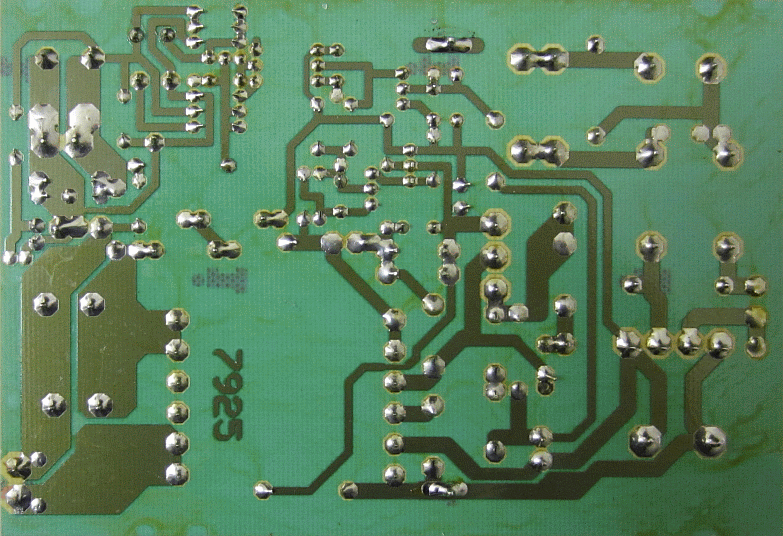
MASCOT type 8620.
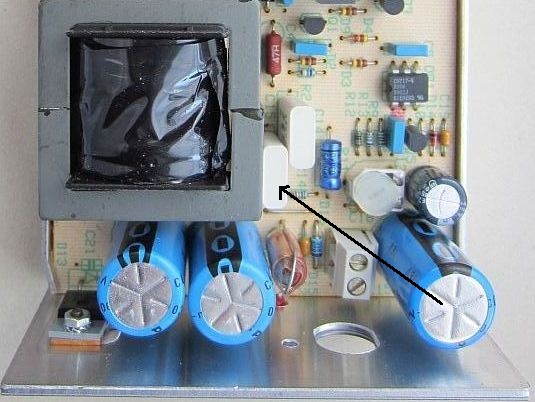
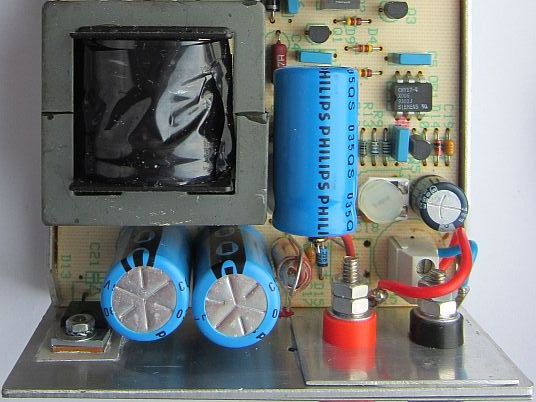
To make room for the sockets, two things had to be moved.
An elco C11/3300µF was using a glue gun attached to the capacitors C15 and C16. The elco was better attached than expected.
A plastic connector was moved to the spot of C11.
Furthermore, it was necessary to glue a cover plate on the inside because the lead-through hole of the removed power cable was too large for one of the sockets.